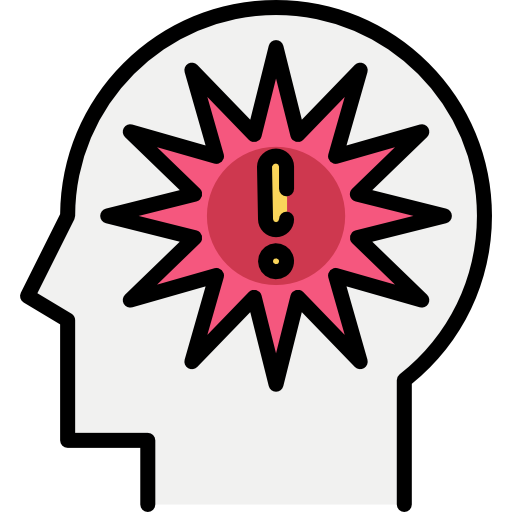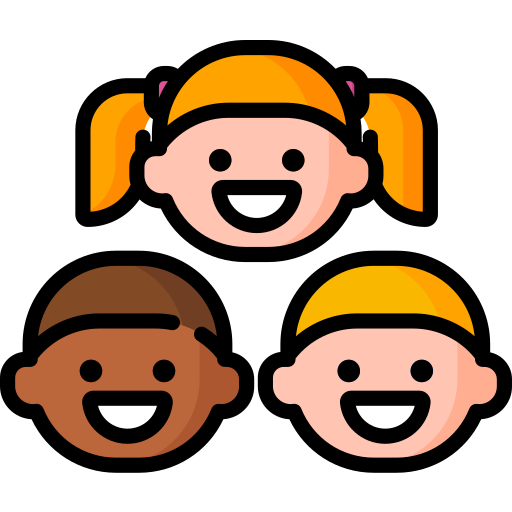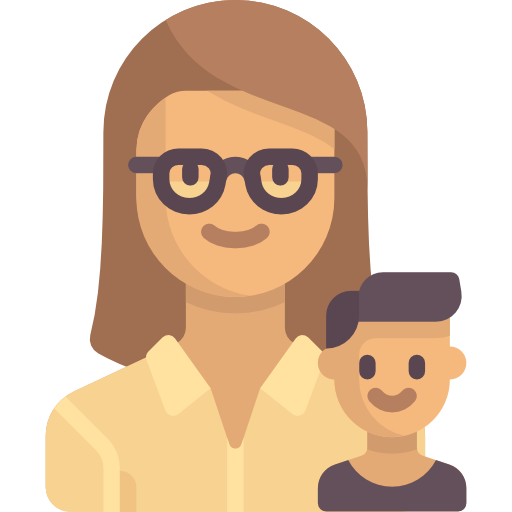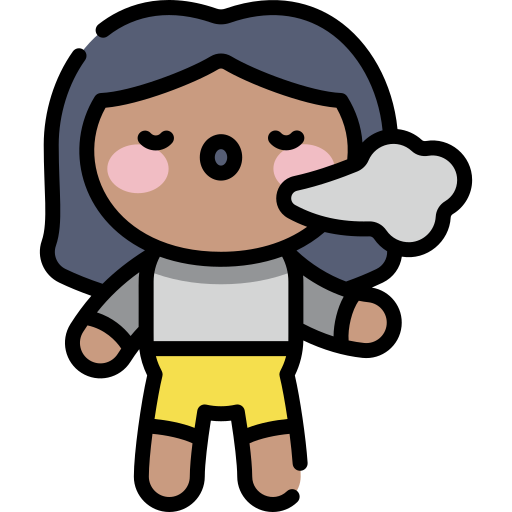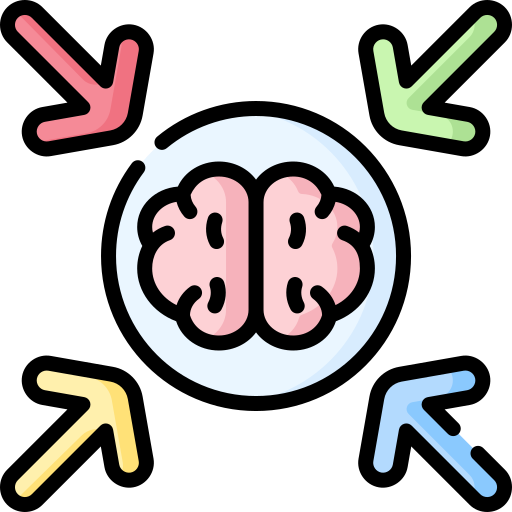
This logo isn't an ad or affiliate link. It's an organization that shares in our mission, and empowered the authors to share their insights in Byte form.
Rumie vets Bytes for compliance with our
Standards.
The organization is responsible for the completeness and reliability of the content.
Learn more
about how Rumie works with partners.

"I sincerely felt that I was at risk of keeling over and dying in the gutter." -- Carl
"I couldn't breathe, I couldn't move, and I started crying." -- Olivia
"I feel like I'm jumping out of my own skin." -- Jonathan
"I'm being held underwater with no way of coming up for air." -- Lindsey
Did you know?
What does a panic attack look like?
A panic attack is a sudden, brief episode of intense anxiety, which causes physical sensations of fear. Both children and adults have panic attacks.
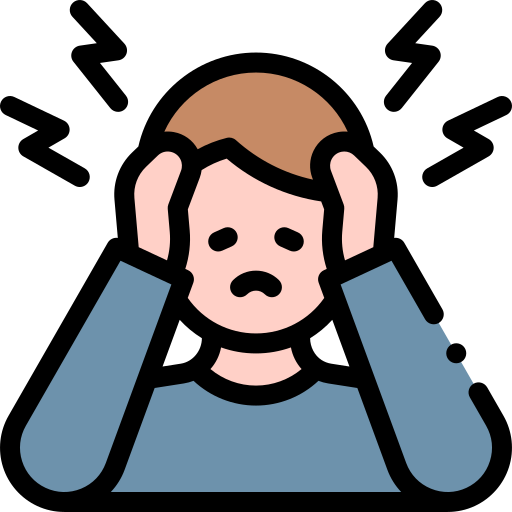
Are panic attacks in children the same as in adults?
Yes and no.
The most significant difference in panic disorder between adults and children is their ability to recognize and express their anxiety.
Because of this, children will cope better with a panic attack when an adult is there to support them.
Crying or tantrums
Inability to concentrate
Restlessness
Nightmare or disturbed sleep
Irritability
Falling asleep in school
A strong feeling of dread, danger, or foreboding
Fear of dying
Feeling lightheaded and dizzy
Trembling or shaking, sweating
Accelerated heart rate
Feeling of having a heart attack
Breathing difficulties, including shortness of breath
Nausea or abdominal distress
Tense muscles
Dry mouth
Did you know?
Panic attack vs. anxiety attack
 Panic Attack
Panic Attack
Begins suddenly
Usually last 5-15 minutes
Symptoms often more intense, including feeling like you're having a heart attack or dying
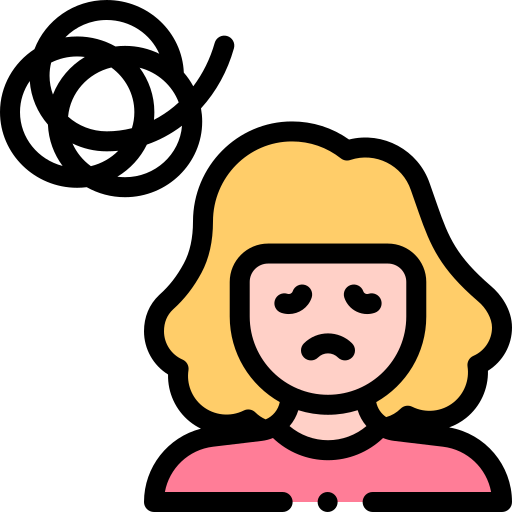 Anxiety Attack
Anxiety Attack
Builds gradually
Can last indefinitely
Symptoms are less intense, but usually last longer
Quiz
Maya has been feeling worried lately. She has been avoiding school for the last week and has been crying off and on for a few days. Her parents want to help her but they're not sure where to start. What should they do? Select all that apply.
Maya's prolonged symptoms may indicate anxiety. To prevent her symptoms from getting worse or interfering with her life more, Maya's parents should first speak to her doctor or contact a therapist who specializes in effective therapies for anxiety. Maya may also benefit from medication, but she'll need to be referred by her doctor to a psychiatrist for a diagnosis before she can be prescribed medication for anxiety. If she also starts to experience panic attacks, her parents can use some of the techniques in this Byte to help her manage her panic attacks.
How to help a child during a panic attack
 Most panic attacks end within 15 minutes. The goal for the adult is to stay calm and try to help the child cope until the attack is over.
Most panic attacks end within 15 minutes. The goal for the adult is to stay calm and try to help the child cope until the attack is over.
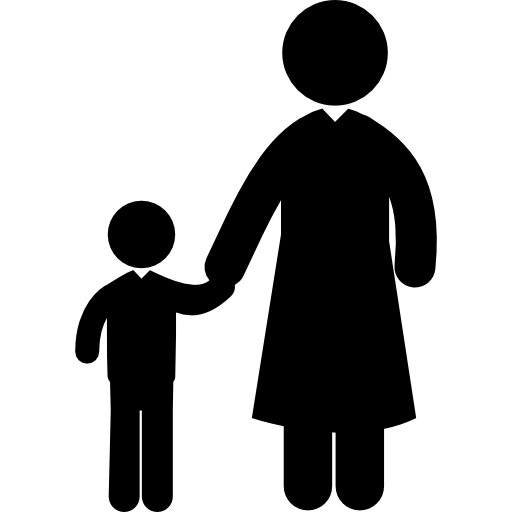 Children often don't have the words to explain how they're feeling and don't have strategies to get through the episode. They need an adult to help them.
Children often don't have the words to explain how they're feeling and don't have strategies to get through the episode. They need an adult to help them.
54321 Technique
Name 5 things you can see
Name 4 things you can feel
Name 3 things you can hear
Name 2 things you can smell
Name 1 thing you can taste
ABCD Technique
Name something you see that starts with the letter A.
Name something you see that starts with the letter B.....
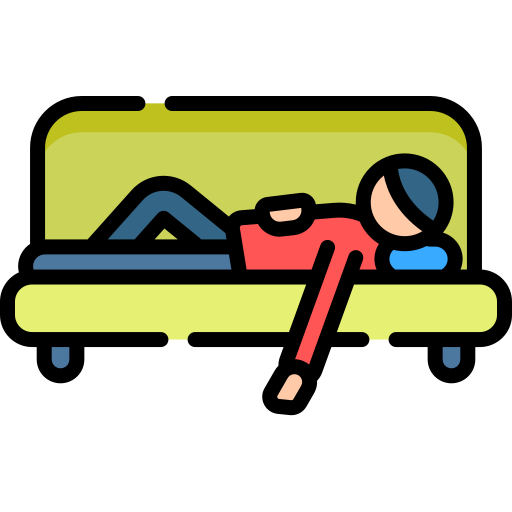 Guide muscle relaxation
Guide muscle relaxation
Coach the child to relax stressed muscles using a guided method, starting with the feet, and working up to the head. For example:
Squeeze your toes as tightly as you can — 1,2,3,4,5. Let go.
Squeeze your calves as tightly as you can — 1,2,3,4,5. Let go.
Quiz
Aayush is having a panic attack. Which strategies would help him calm down?
Telling Aayush to calm down doesn't provide him with any strategies or support to do that. Listening to you tell him about things you see in the room won't shift his attention. Coaching him through breathing and relaxation strategies will give Aayush the support and guidance he needs.
Take Action
Helping a child cope with a panic attack can be stressful. Would you like to learn more about other steps you can take?

This Byte has been authored by
Rebecca Gryga
Instructional Designer, Curriculum Developer
M.Ed.
This Byte has been reviewed by
Lana Do
MD, MPH, BCMAS
